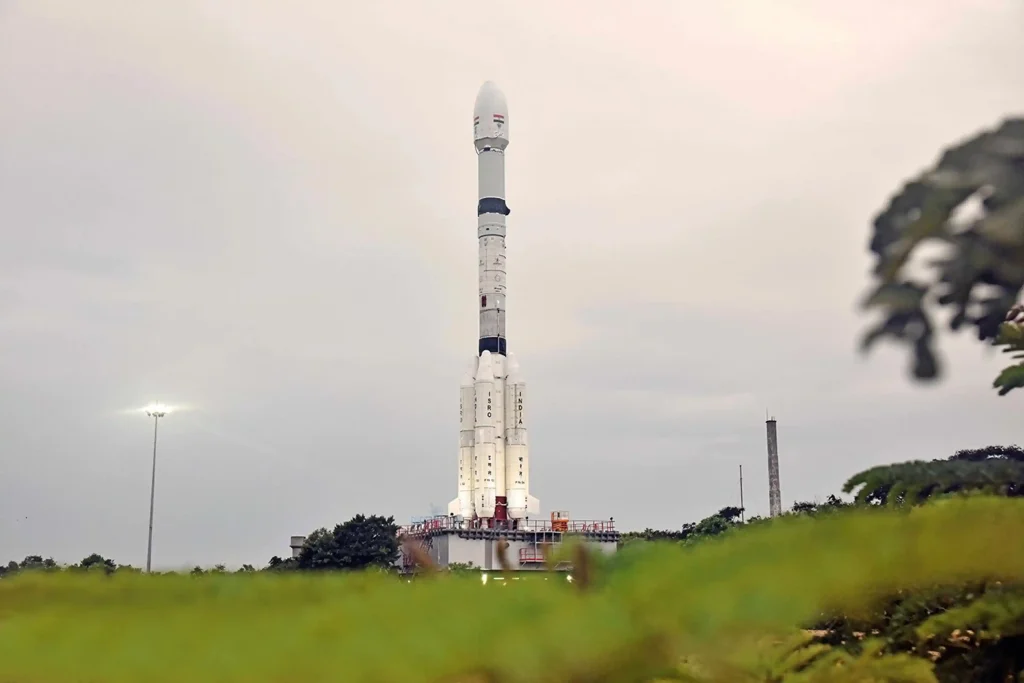The NASA-ISRO Synthetic Aperture Radar (NISAR) satellite, developed jointly by ISRO and NASA, was successfully launched on July 30, 2025, at 5.40 p.m. IST. The satellite lifted off aboard the GSLV-F16 rocket from the Satish Dhawan Space Centre in Sriharikota, Andhra Pradesh.
Mission Goals and Orbit Details
Weighing 2,392 kg, the NISAR satellite was placed into a 743-km sun-synchronous orbit about 19 minutes after launch. Its key objectives include monitoring land and ice deformation, studying land ecosystems, and observing oceanic changes. These areas align with mutual research interests of the U.S. and Indian scientific communities.

Advanced Data Capabilities
The NISAR satellite will collect data in all weather conditions, day and night, at 12-day intervals. It is designed to provide global-scale information, enabling wide-ranging applications in earth sciences and disaster monitoring.Global Access and Indian Engineering Showcase
According to Radha Krishna Kavuluru, former NISAR Project Manager, the satellite’s data will be available worldwide, covering regions like Antarctica, the North Pole, and major oceanic zones. The mission is expected to highlight India’s engineering capabilities in space-based Earth observation technology.
